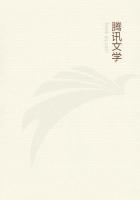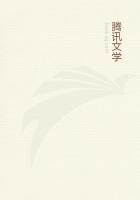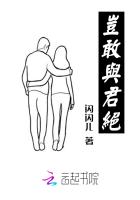4. In cases of fracture in either of the bones of the forearm, it is easier to effect a cure if the upper bone be broken, although it be the thicker one, both because the sound bone is situated below, and forms a support to it, and because the deformity is more easily concealed, there being a thick mass of flesh on the upper side, except near to the wrist. But the lower bone is without a covering of flesh, is not easily concealed, and requires stronger extension. If it is not this bone, but the other which is broken, a more feeble extension proves sufficient, but if both be broken, a more powerful extension is required. In the case of a young person I have known the extension made more strong than was necessary, but in general the extension made is less than what is required. And when they are extended, the physician should apply the palms of the hands, and adjust the fractured parts and then having rubbed the parts with cerate, but not in large quantity so that the bandages may not come off, it is to be bound up in this state, care being taken that the hand be not lower than the elbow, but a little higher, so that the blood do not flow toward the extremity, but may be determined to the upper part; and then it is to be secured with the bandage, the head of which is to be placed at the fracture, and the bandage should impart firmness to the parts without occasioning strong compression. When you have carried the bandage twice or thrice round at the seat of the fracture, it is to be carried upward, so that the afflux of blood into it may be stopped, and the bandage should terminate there, and the first bandages ought not to be long. The head of the second bandage is also to be placed upon the seat of the fracture, and a single round of it being made there, it is then to be carried downward, and is not to be applied so tight as the other, and there should be greater distances between the turns, so that the bandage may prove sufficient to revert to the spot where the other terminated. The bandages may be rolled to the left hand or to the right, or to whatever side suits best with the position of the fractured arm, or according to the inclination which it may have. Afterward we must place along the arm, compresses, smeared with a little cerate, for thus they occasion less uneasiness, and are more easily arranged.
And then we must apply the bandages crossways, sometimes to the right hand, and sometimes to the left, for the most part beginning below and terminating above, but sometimes commencing above and ending below. The parts which are thinly covered with flesh should be wrapped round with compresses, and inequalities should be made up, not by a number of folds at once, but by degrees. Some slack turns are also to be made around the wrist, to this side and to that. These two bandages are sufficient at first.















